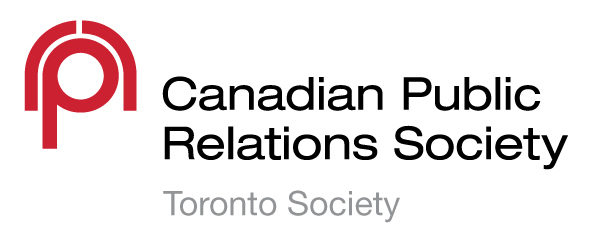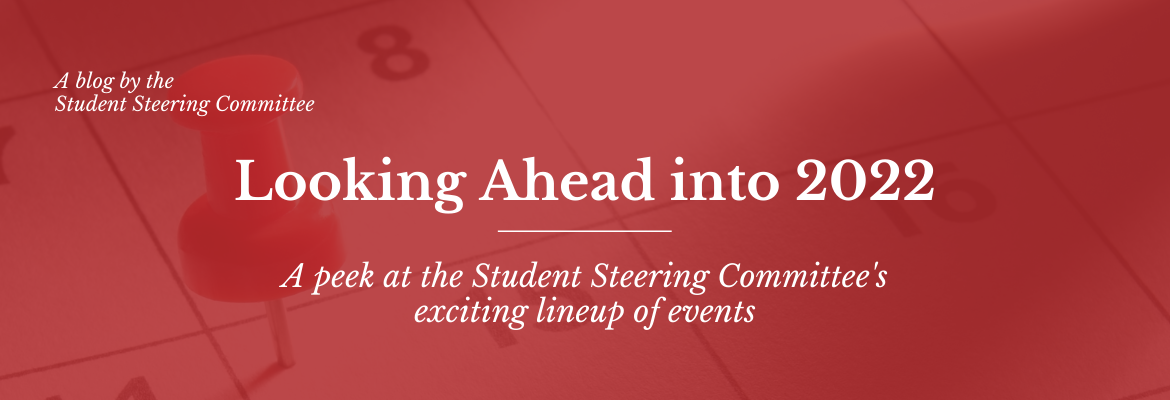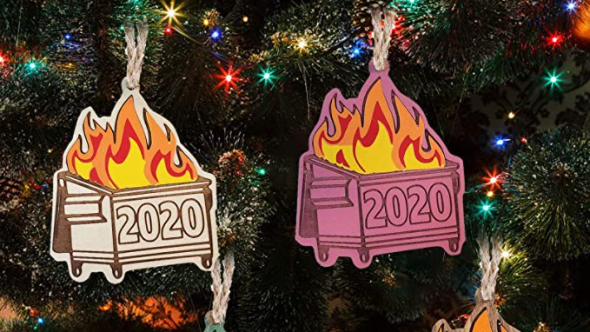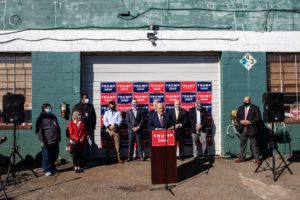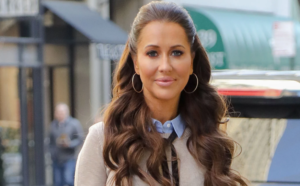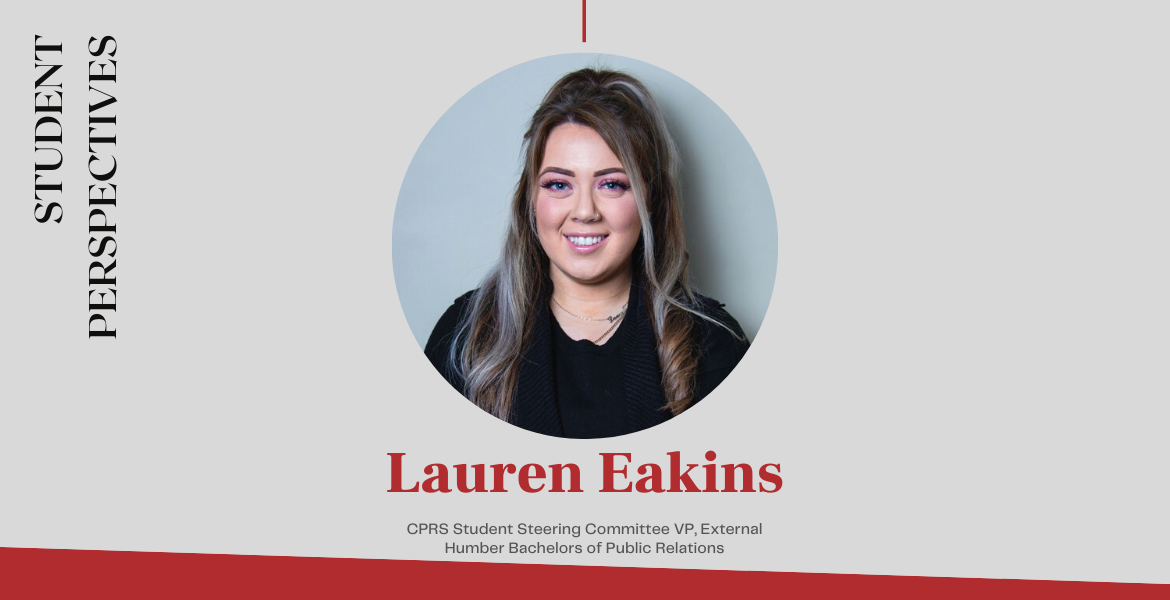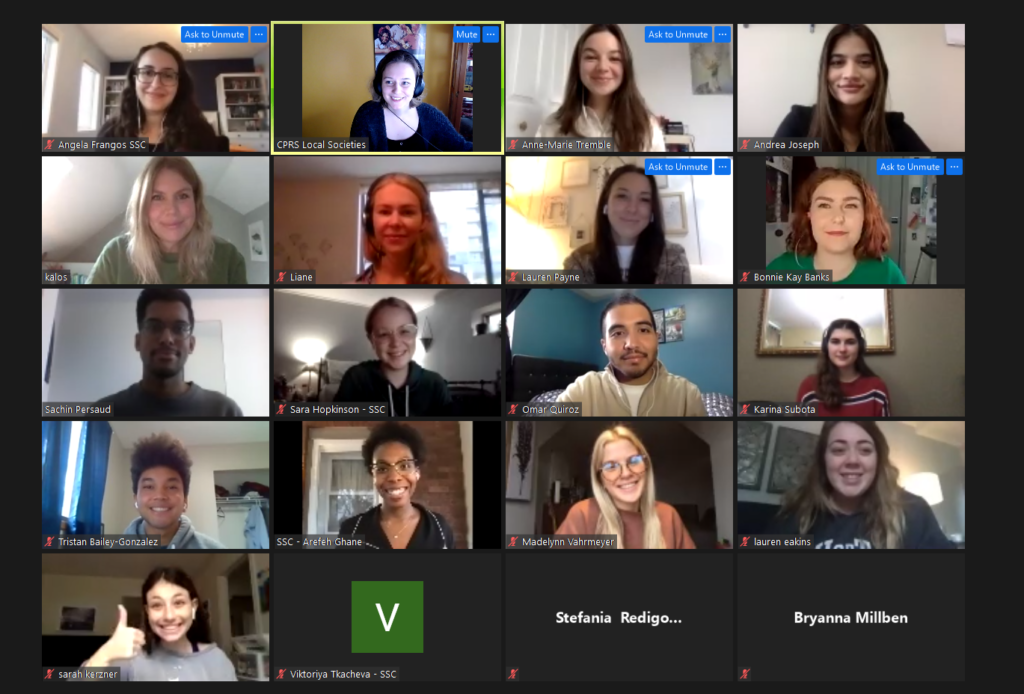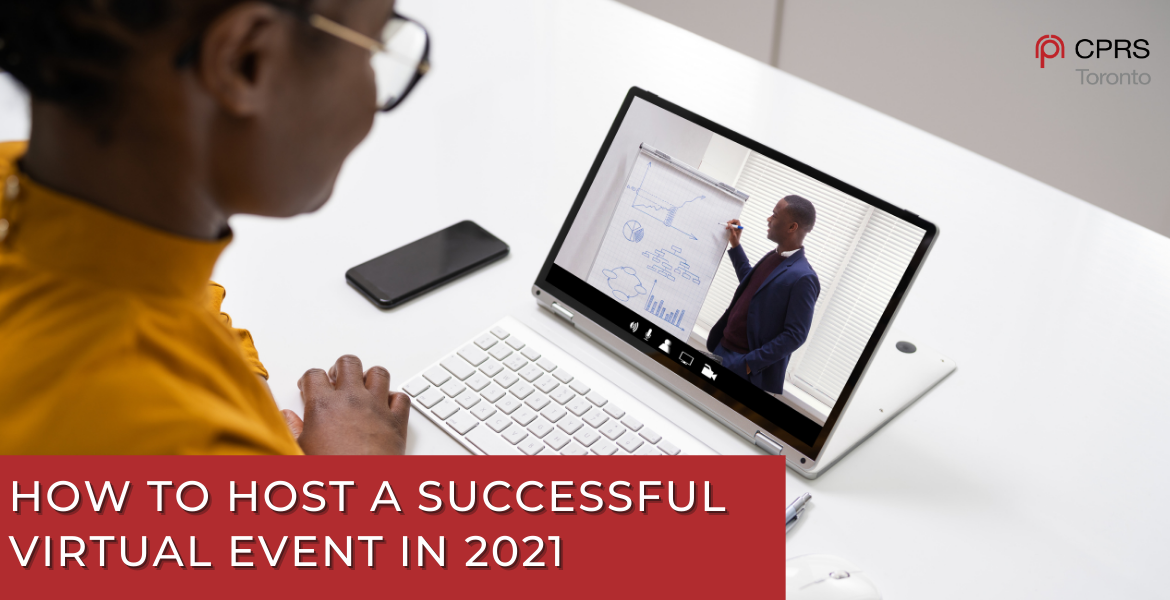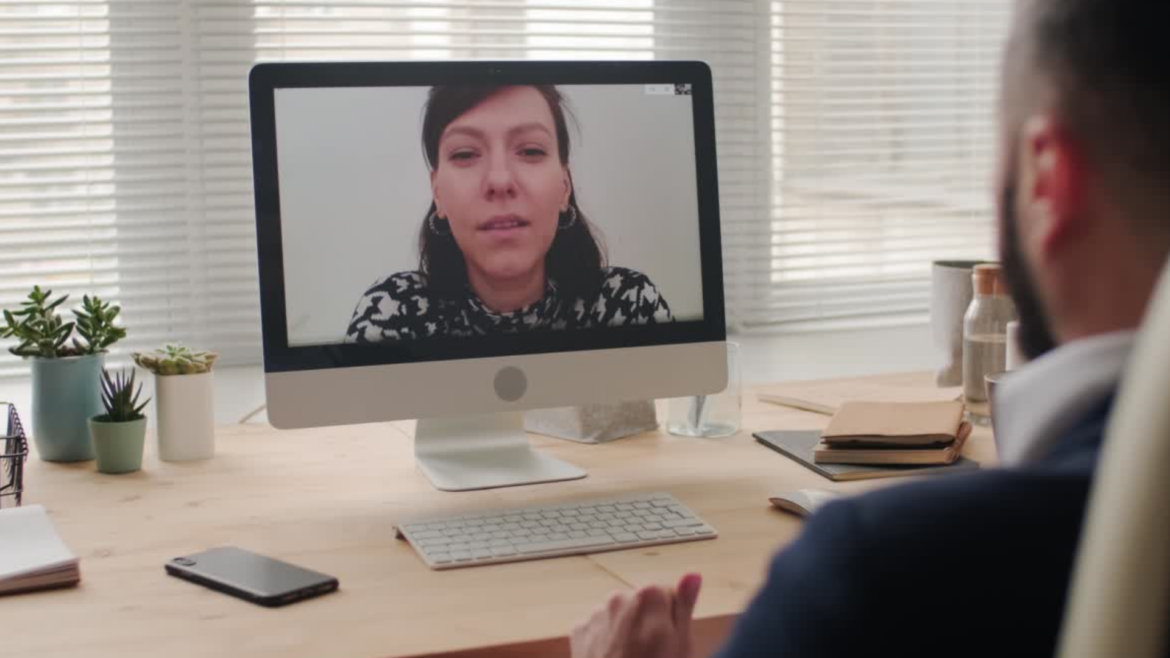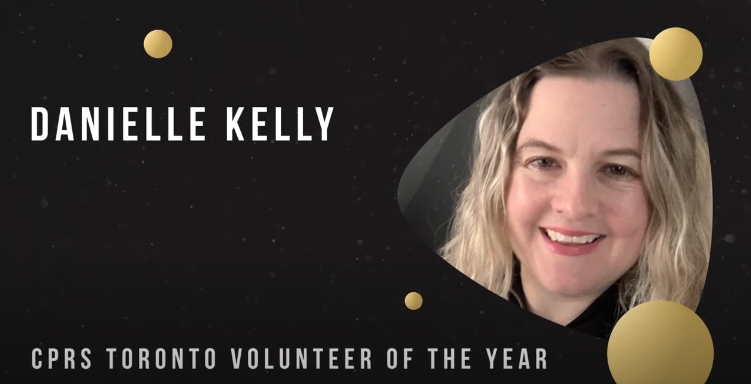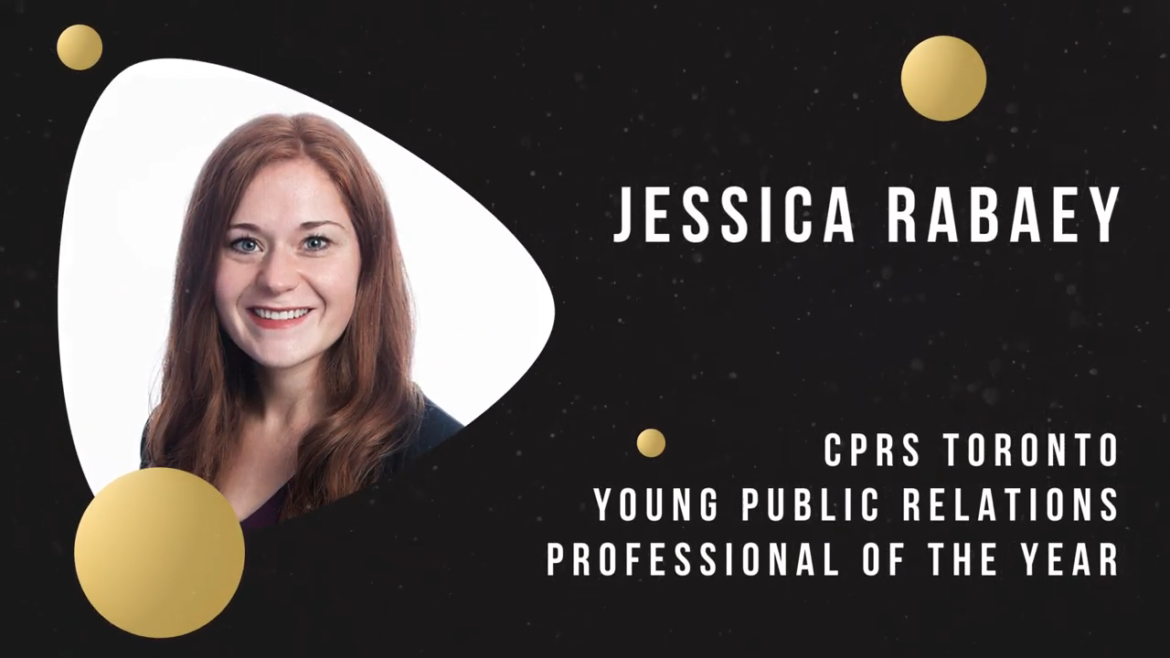By Ravjeet Singh, Student Representative, Ryerson University
We hope you’ve come back from the winter break relaxed, reset and recharged for the new year. Mark your calendars because the Student Steering Committee is kicking off 2022 with an exciting lineup of events just for you!
January 13 – #GetHired: how to build a knockout internship application
New year, new resume? Are you ready to embark on your quest for internships? January is typically when recruitment for summer opportunities begins.
If you want to make sure your application makes it to the final round, join us on January 13th at 6 p.m. on Zoom to brush up on your application and hear from a panel of HR experts who will talk about all things resumes, cover letters and LinkedIn profiles ahead of your internship quest. Make sure you register to secure your spot!
January 25-27 – Passport to PR (P2PR)
Our much-awaited bi-annual P2PR event will take place from January 25th to January 27th on Zoom from 6 p.m. to 8 p.m. During the three-day event, students will get a chance to learn about a variety of interesting areas in PR each day:
- Day 1 (Jan 25): Influencer relations
- Day 2 (Jan 26): Consumer public relations
- Day 3 (Jan 27): Government relations
Experienced PR practitioners will join us for the event to discuss all things PR, including providing an inside scoop on what it’s like to work at some of Toronto’s most celebrated PR organizations. Spots fill up fast for this event, so grab your ticket before it’s too late!
February 15 – Ask the Interns
In February, we are bringing back the ‘Ask the Intern’ virtual chat event on popular demand, where you can ask a panel of interns all of your internship-related questions. Each intern will also be taking over our IG @cprsstudents for a day to show students a day in the life of a PR intern and interact and connect with you. More details to come. Stay tuned.
Throughout the year, SSC will be hosting exciting and engaging IG live events such as Trivia Tuesdays, Wellness Wednesdays and Instagram Story takeovers. Here, you will get a chance to interact with inspiring PR professionals and ask industry-related questions, so keep an eye out!
We’d love to know what you want to see from the SSC in 2022. We’re conducting a short survey to inform our content strategy. Take 5 minutes to answer our questions and have a chance at winning a $25 VISA gift card.
Lastly, don’t forget to follow us @CPRSStudents on Twitter, Instagram and now TikTok to keep up with all things SSC and CPRS Toronto.
